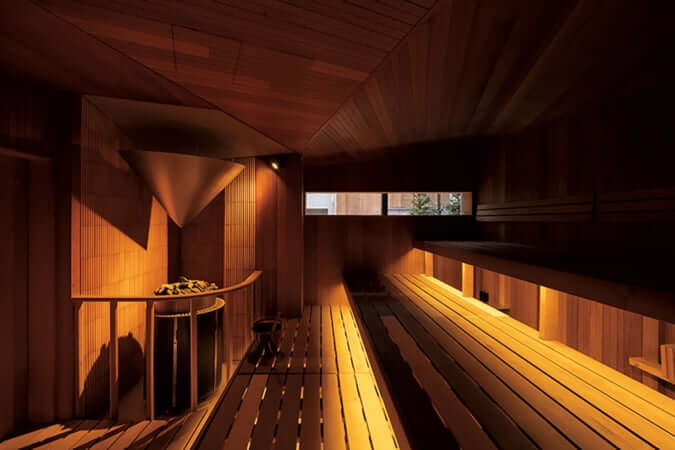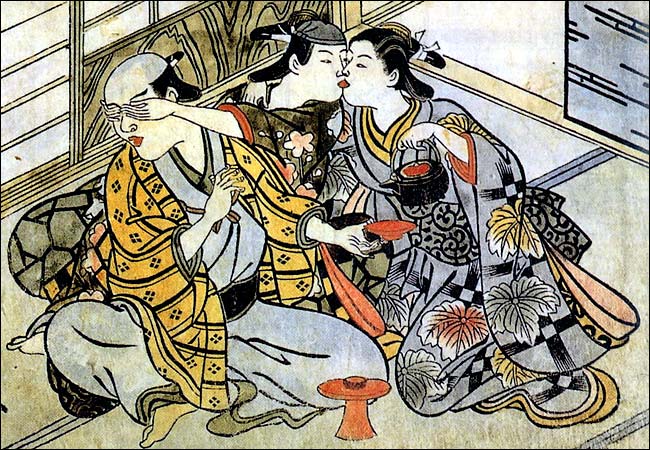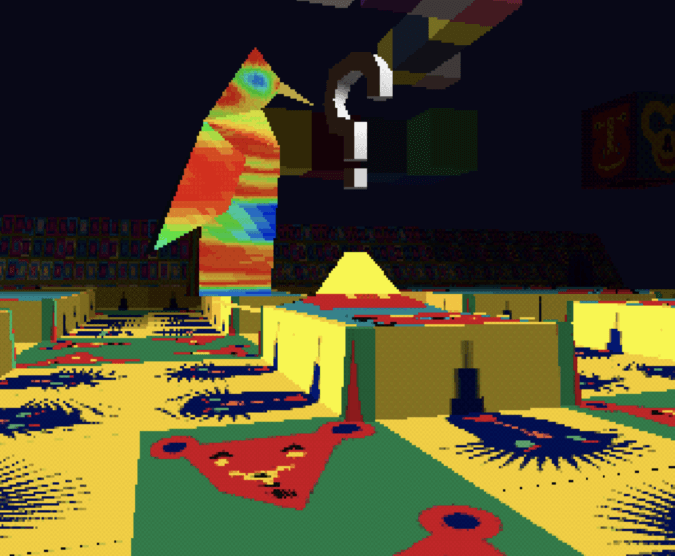The Career of Calligrapher Yuichi Inoue Celebrated in France
In 2018, the Maison de la culture du Japon in Paris presented his avant-garde universe composed of Chinese paper and ink.
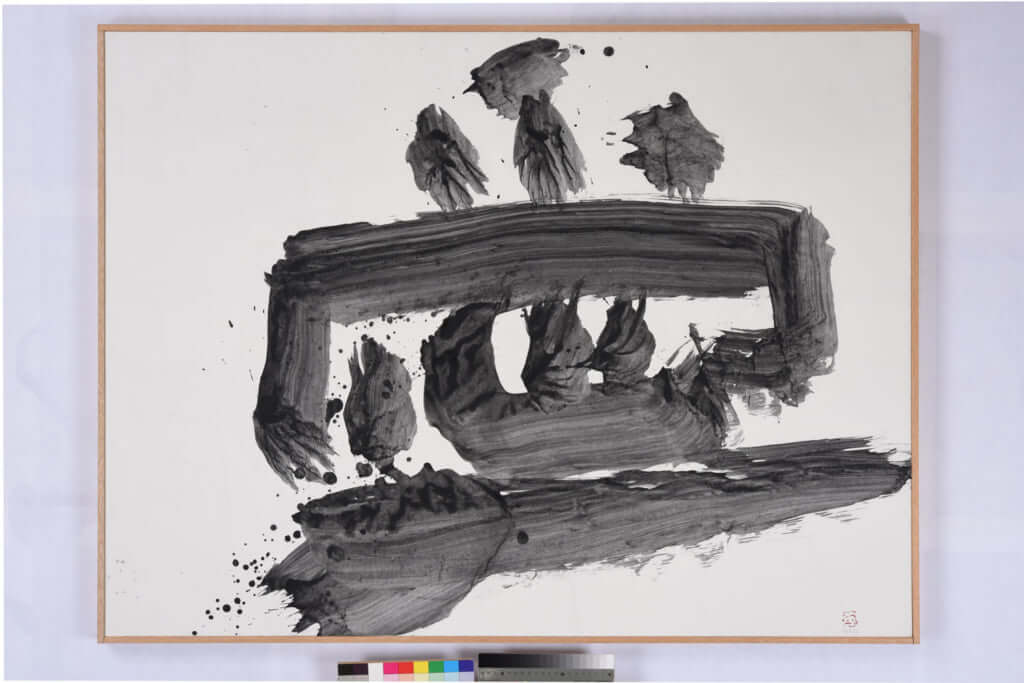
Yu-ichi Inoue, ‘Ai (Love)’, 1972, private collection, photo: Tokio Ito
He is described as ‘one of the most creative representatives of Japan’s post-war artistic avant-garde’. Yuichi Inoue, a former teacher, studied for eight years under talented calligrapher Ueda Sokyu.
In 2018, the Maison de la culture du Japon in Paris dedicated an exhibition to him.
Characters repeated over and over
He founded the Bokunjinkai group with some of his fellow students in 1952, in which they considered new ideas in painting and also in philosophy and literature, in both the East and West. He acquired a particular fondness for characters that he would repeat over and over again: ai (love), hana (flower) and hin (poverty).
Yuichi Inoue passed away in 1985 but his work on primitive language and abstract shapes lives on. Part of his body of work is displayed in the permanent collection at the National Museum of Modern Art, Tokyo.
Yuichi Inoue 1916-1985 — La calligraphie libérée (2018), an exhibition on the calligrapher that was held at the Maison de la culture du Japon in Paris from 14 July 2018 to 15 September 2018.
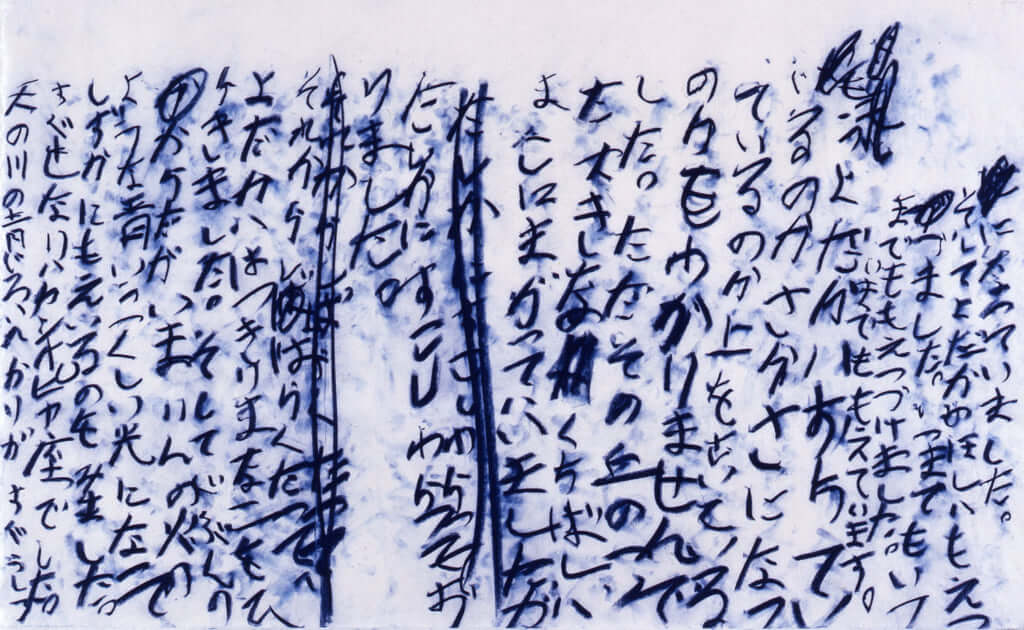
Yu-ichi Inoue, ‘Yodaka no Hoshi (The Star of the Night Falcon)’, 1984, The National Museum of Modern Art, Kyoto, photo: Tokio Ito
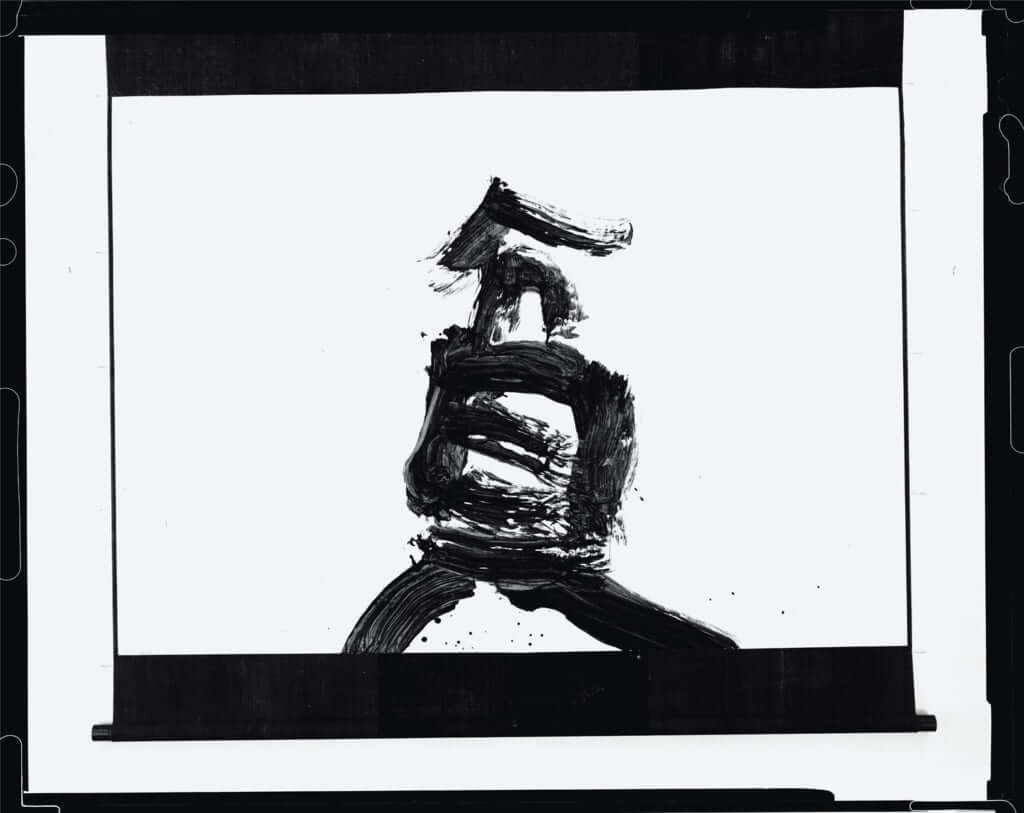
Yu-ichi Inoue, ‘Hin (Poverty)’, 1972, The National Museum of Modern Art, Kyoto, photo: Tokio Ito
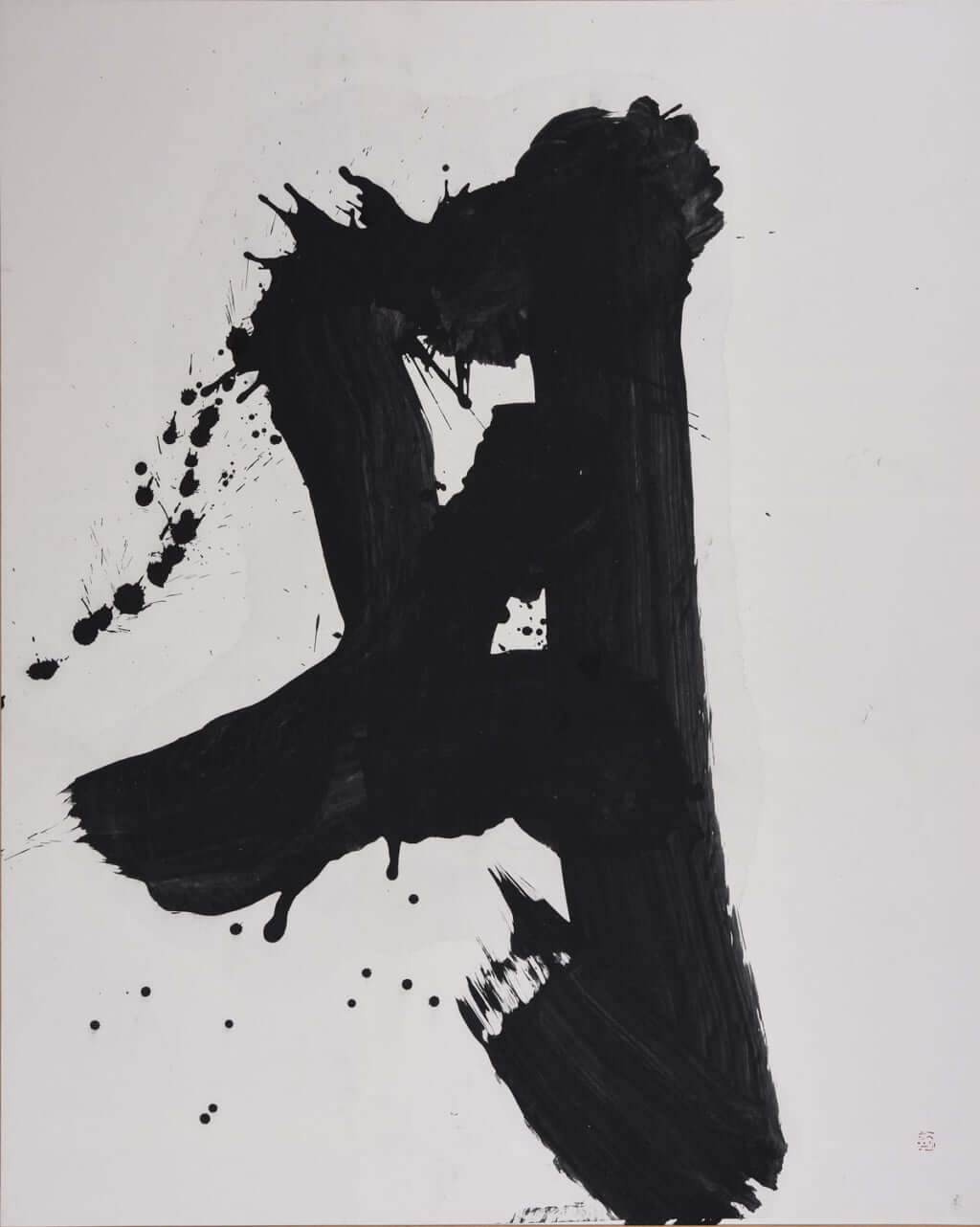
Yu-ichi Inoue, ‘Tsuki (Moon)’, 1982, private collection, photo: Tokio Ito
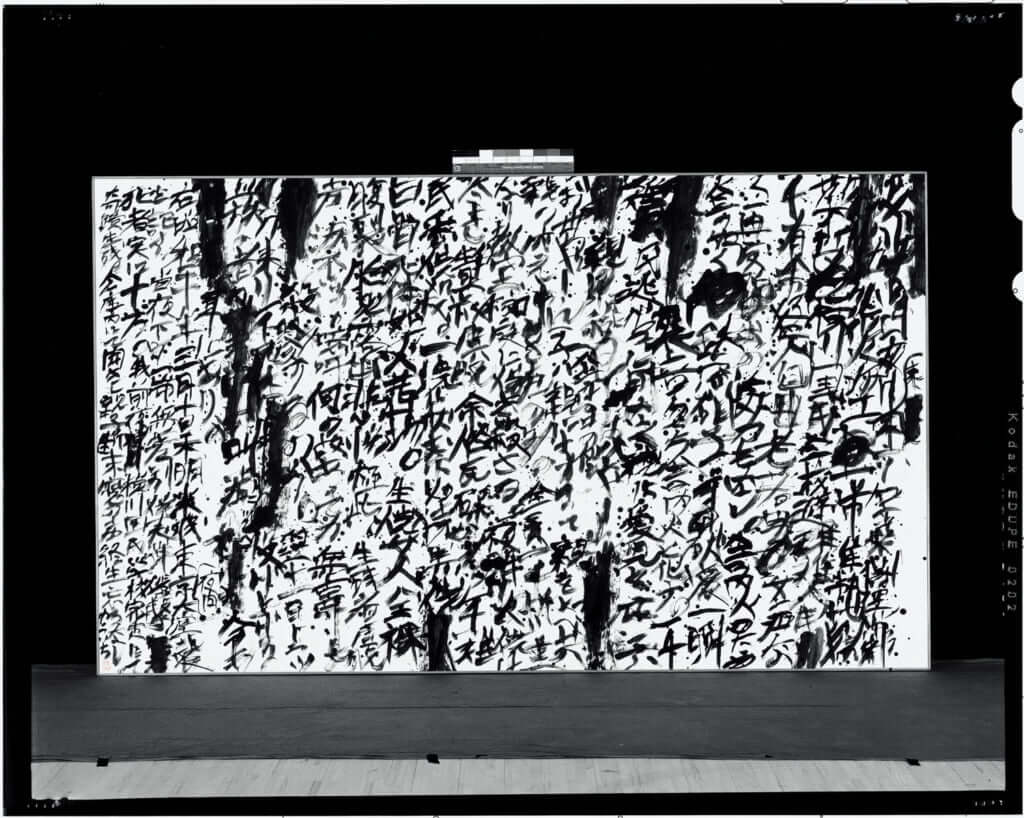
Yu-ichi Inoue, ‘Ah Yokokawa Kokumin- gakkô (Ah! Yokokawa Primary School)’, 1978, The Museum of Modern Art, Gunma, photo: Tokio Ito 
TRENDING
-
The Tattoos that Marked the Criminals of the Edo Period
Traditional tattoos were strong signifiers; murderers had head tattoos, while theft might result in an arm tattoo.

-
Colour Photos of Yakuza Tattoos from the Meiji Period
19th-century photographs have captured the usually hidden tattoos that covered the bodies of the members of Japanese organised crime gangs.

-
The Trendiest ‘Sento’ and Saunas in Tokyo
The bath culture remains vibrant in the capital city, where public baths and saunas designed by renowned architects are continuously opening.

-
Rituals of Ancient Gay Shunga Erotica
Shunga was prolific in Japan during the Edo period, with ‘nanshoku’ referring to the depiction of homosexual erotica.

-
‘LSD: Dream Emulator’, an Avant-Garde Game Released on PlayStation
In this video game created by Osamu Sato and released in 1998, the player explores the surrealist, psychedelic environment of a dream.



